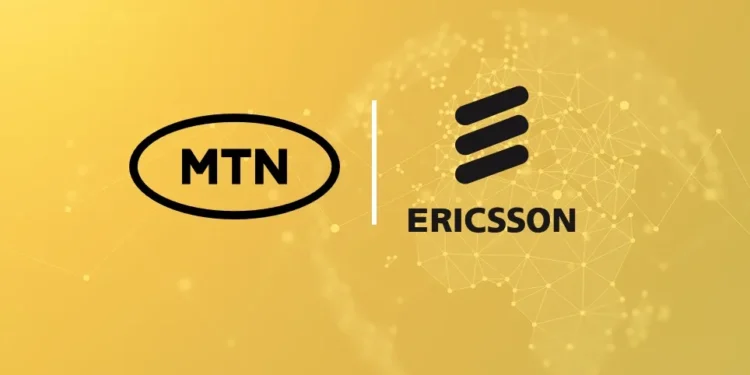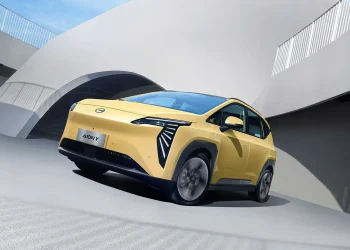MTN South Africa and Ericsson say they have pulled off a world-first in mobile networking: a live core network upgrade without a single service disruption. In an official statement, Ericsson confirmed the feat as the first global In-Service Software Upgrade (ISSU) on a Packet Core Gateway node with a co-located firewall. The process kept 2.52 million sessions and 40 Gbps of traffic running uninterrupted.
The companies also described it as a first for Africa, signalling both technical achievement and regional ambition. For MTN, the milestone is part of a long-term modernisation programme to rebuild its core networks on cloud-native foundations.
Why Uptime Is Everything
Telecom operators live and die by reliability. In South Africa, where MTN leads the 5G race, downtime risks churn in a fiercely competitive market. Data use is climbing fast, testing the limits of legacy systems that were never designed for today’s scale or elasticity.
That is why upgrades are usually messy. They require scheduled maintenance windows and often cause temporary service cuts. Avoiding that disruption is a holy grail for operators.
MTN has been working towards this moment since 2024, when it signed a five-year agreement with Ericsson to overhaul its core in South Africa and Nigeria. The upgrades are aligned with MTN’s broader “Unified Cloud Acceleration” strategy, designed to ready the group for 5G standalone services.
Upgrades In Motion
The landmark ISSU wasn’t the only breakthrough Ericsson and MTN pointed to. Alongside the Packet Core Gateway upgrade, engineers carried out a Container-as-a-Service Rolling Upgrade (CaaS-RU) on the Cloud Container Distribution platform, again without disruption. This approach allows microservices to be swapped in and out while traffic continues to flow, the essence of cloud-native resilience.
The project also included deployment of Ericsson’s Cloud Core Policy Controller (CCPC), handling around two million active sessions. The CCPC is designed to bridge legacy policy systems with the new 5G Policy Control Function, giving MTN a smoother path to full standalone 5G.
Ericsson tied these milestones to MTN’s broader MUNA (MTN Unified Cloud Acceleration) programme, a set of principles guiding how the group adopts cloud-native technologies across its footprint. In short: the South African upgrade is not an isolated event, but part of a continent-wide blueprint.
Resilience, Readiness, Reputation
For MTN’s customers, the biggest takeaway is invisible: the network stayed up. Upgrades that once meant late-night maintenance windows and service hiccups now happen in the background. That resilience builds confidence as MTN moves towards offering full 5G standalone services.
For the industry, the achievement sets a benchmark. African operators are often cast as late adopters, but Ericsson’s confirmation that MTN executed two global-grade upgrades without downtime puts South Africa in the conversation with the world’s most advanced markets.
The public statement also strengthens credibility. What began as industry-reported numbers is now backed by Ericsson itself, giving weight to the claim that African networks can operate at the cutting edge of telecom engineering.
The 5G Test That Matters
Zero-downtime upgrades are a headline milestone, but the harder test is still ahead: delivering on 5G standalone. That will mean more than engineering feats, it will require turning new core capabilities into services that consumers and enterprises can actually use.
If MTN can repeat these cloud-native upgrades across its footprint, it could redefine the reliability story for African networks. Ericsson’s framing of “global firsts” may grab attention, but the long-term prize is in monetising 5G: ultra-reliable connectivity for industries, new consumer applications, and the resilience to keep pace with surging data demand.
For now, South Africa’s success shows that cloud-native 5G cores aren’t just theory. They’re running live, and they’re proving that Africa can be at the front of the curve.














